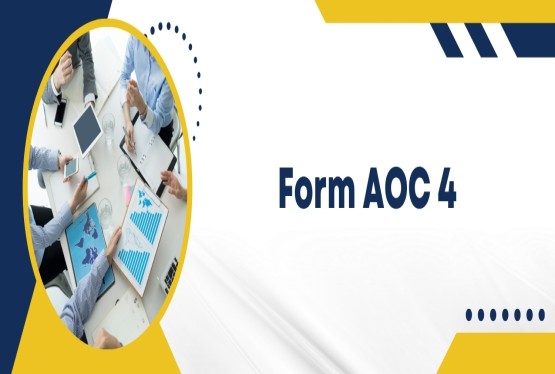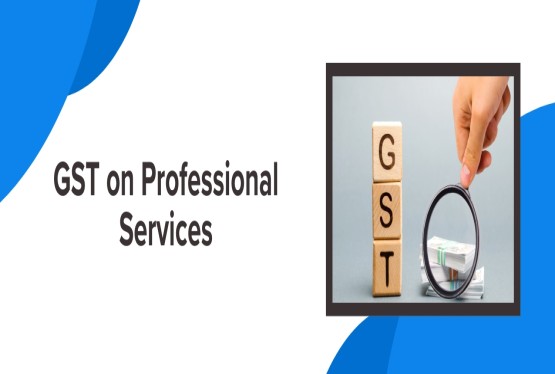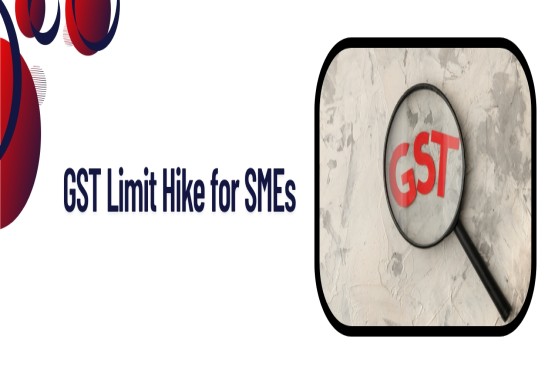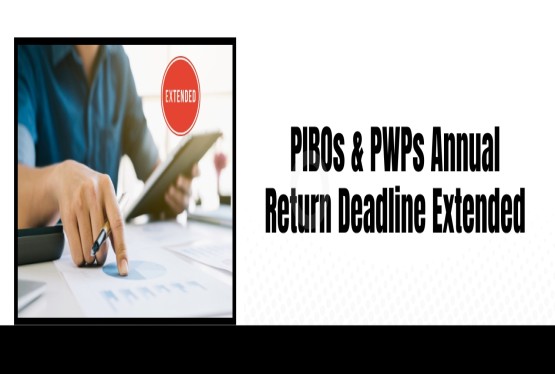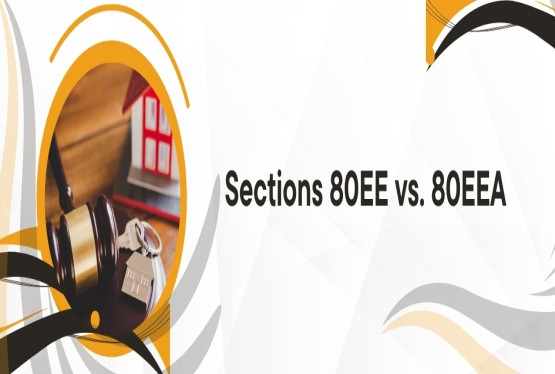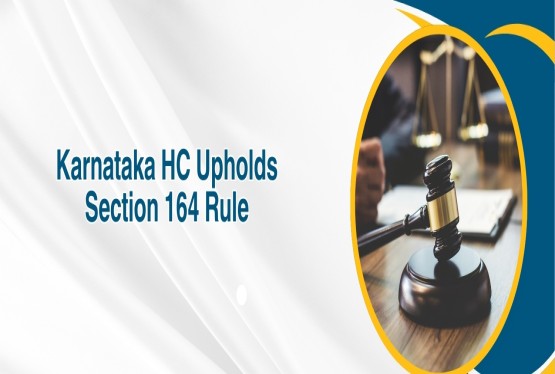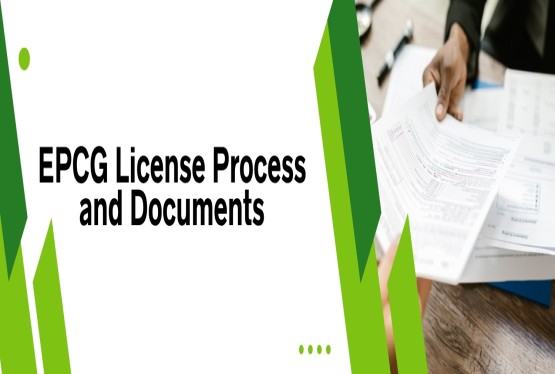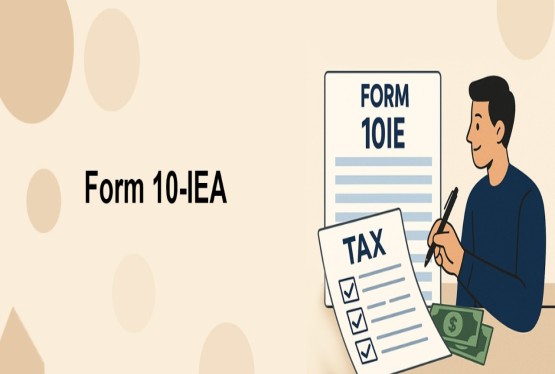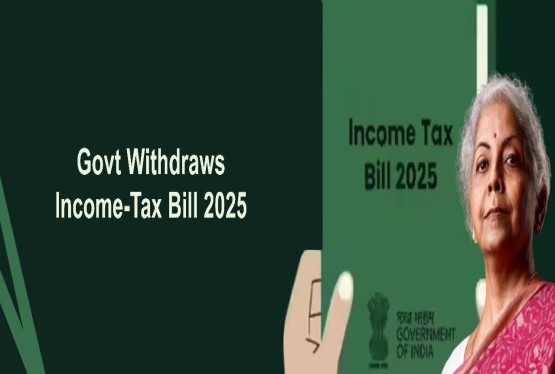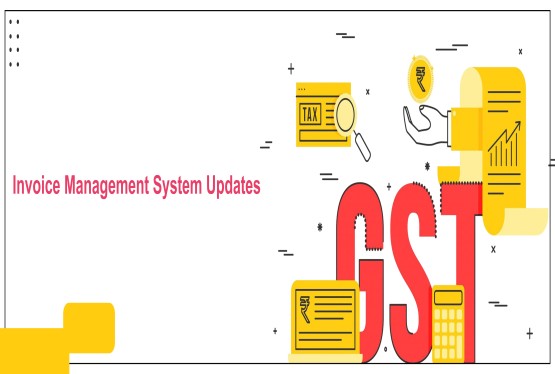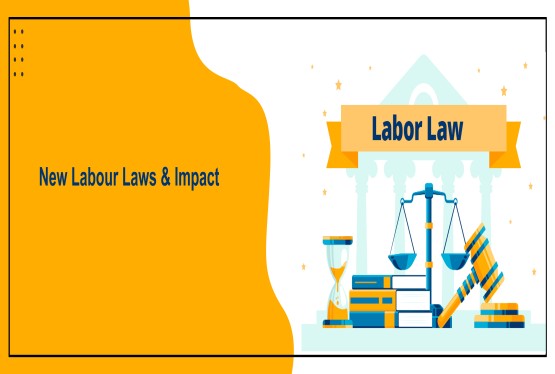When you sell a long-term capital asset like land, gold, or shares, the profit earned is subject to capital gains tax under the Income Tax Act, 1961. However, to promote investment in housing and provide tax relief, the Act offers several exemptions one of the most beneficial being Section 54F. This section allows taxpayers to claim exemption on long-term capital gains arising from the sale of any asset other than a residential house, provided the sale proceeds are reinvested in a residential property within a specified time. Section 54F is especially useful for individuals and HUFs looking to reduce their tax burden while purchasing or constructing a new home. In this article, we explore the conditions, eligibility, benefits, and procedure to claim exemption under Section 54F in detail.
What is Section 54F of the Income Tax Act?
Section 54F of the Income Tax Act, 1961 provides tax exemption on long-term capital gains arising from the sale of any capital asset other than a residential house, if the net sale consideration is reinvested in purchasing or constructing a residential house property in India within a prescribed time frame.
This section is available only to individual taxpayers and Hindu Undivided Families (HUFs). It encourages taxpayers to reinvest their capital gains in residential property, thereby reducing their overall tax liability.
Unlike Section 54 (which applies to the sale of residential houses), Section 54F applies to the sale of all other long-term capital assets like land, commercial property, shares, gold, etc. The exemption is allowed proportionately if only a part of the net sale proceeds is invested in a new house.
In essence, Section 54F acts as a tax-saving tool for those who sell long-term assets and wish to channel their gains into buying or building a new home.
Key Conditions for Claiming Exemption Under Section 54F
To claim the capital gains exemption under Section 54F of the Income Tax Act, 1961, the taxpayer must meet specific eligibility criteria. These conditions are designed to ensure that the benefit is granted only to individuals or Hindu Undivided Families (HUFs) who genuinely reinvest their net sale proceeds into a residential house property. The following section outlines these key requirements in detail:
Type of Capital Asset Sold
Exemption under Section 54F is available only on the sale of long-term capital assets, excluding residential houses. These assets must be held for over 36 months and can include land, gold, commercial property, or unlisted shares.
Reinvestment in a Residential House
The taxpayer must invest the entire net sale consideration in purchasing or constructing a single residential house in India. The purchase must be within 1 year before or 2 years after, or construction completed within 3 years of sale.
Ownership Limit of Residential Properties
On the date of selling the asset, the taxpayer should not own more than one residential house property (excluding the new one). Owning multiple homes at that point makes the taxpayer ineligible for exemption under Section 54F.
No Purchase or Construction of Additional House
To retain the exemption, the taxpayer must not purchase another house within 2 years or construct another house within 3 years after the sale. Violating this results in the exemption being revoked and taxed as capital gains.
Utilization or Deposit Under Capital Gains Account Scheme (CGAS)
If the amount isn't fully utilized by the return filing date, it must be deposited in a Capital Gains Account. This ensures the exemption remains valid, provided the amount is used within the specified time limit for property investment.
Assessee Must Be an Individual or HUF
Only individuals and Hindu Undivided Families (HUFs) are eligible for Section 54F benefits. Entities like companies, partnerships firms, or LLPs cannot claim this exemption, even if they reinvest the gains into residential property.
Exemption Calculation Under Section 54F
The amount of exemption is not based on the capital gain, but on the net, consideration received from the sale. The exemption is calculated proportionately if only part of the net consideration is reinvested.
Formula:
Exemption: Capital Gains × (Amount Invested / Net Sale Consideration)
Example:
-
Sale Price of Asset: Rs.90,00,000
-
Transfer Expenses: Rs.5,00,000
-
Net Sale Consideration: Rs.85,00,000
-
Cost of Asset: Rs.30,00,000
-
Long-Term Capital Gain: Rs.55,00,000
-
Amount Invested in Residential Property: Rs.42,50,000
Exemption: Rs.55,00,000 × (Rs.42,50,000 / Rs.85,00,000) = Rs.27,50,000
Taxable LTCG: Rs.55,00,000 - Rs.27,50,000 = Rs.27,50,000
If the full Rs.85,00,000 is reinvested, then the entire capital gain of Rs.55,00,000 would have been exempt.
Capital Gains Account Scheme (CGAS)
The Capital Gains Account Scheme (CGAS), 1988 is a mechanism provided by the Income Tax Department to help taxpayers preserve their eligibility for capital gains exemptions under sections like Section 54, Section 54F, and Section 54B, even if they haven't yet utilized the capital gains before the due date for filing their income tax return.
Why is CGAS Needed?
To claim exemption under Section 54F, the taxpayer must invest the net sale consideration in a residential house within 2 or 3 years. However, if the investment is not made before the ITR filing due date, the unutilized amount must be deposited into a CGAS account to retain the exemption.
Types of CGAS Accounts
-
Account Type A: Like a savings account; can be withdrawn multiple times (mainly for construction).
-
Account Type B: Like a fixed deposit; ideal for lump sum investment (used for purchase).
Key Features
-
The deposit must be made before the due date of ITR filing under Section 139(1) (usually July 31).
-
The account must be opened with a designated bank authorized by the government.
-
The amount must be utilized within the applicable time (2 years for purchase, 3 years for construction).
-
If not used, the unutilized amount becomes taxable as long-term capital gain in the year the period expires.
Who is Eligible for Section 54F?
Section 54F of the Income Tax Act, 1961 offers capital gains tax exemption to individuals and Hindu Undivided Families (HUFs) who sell a long-term capital asset (other than a residential house) and reinvest the net sale consideration in a residential house property in India.
Below is a detailed explanation of who qualifies for this benefit:
Eligible Assessees
-
Only Individuals and Hindu Undivided Families (HUFs) are eligible to claim exemption under Section 54F.
-
The exemption is not available to partnership firms, companies, LLPs, associations of persons (AOPs), or trusts.
Nature of the Asset Sold
-
The capital asset sold must be a long-term capital asset, i.e., held for more than 36 months, and it must not be a residential house property.
-
Examples include vacant land, commercial property, gold, jewelry, or unlisted shares.
Reinvestment Requirement
The net sale consideration (entire amount received, not just the capital gain) must be reinvested in purchasing or constructing one residential house in India within the specified time frame (1 year before, or 2–3 years after sale).
Residential Property Ownership Conditions
On the date of transfer of the original asset, the taxpayer:
-
Must not own more than one residential house other than the new one being purchased or constructed.
-
Must not buy or construct another residential house within the next 2–3 years.
Withdrawal of Exemption – Situations of Non-Compliance
The exemption claimed under Section 54F is conditional, meaning it can be withdrawn if certain conditions are violated after the exemption is granted. Here are the key scenarios where non-compliance results in withdrawal of the exemption and taxation of the previously exempted capital gains:
Sale of the New Residential Property Within 3 Years
If the new residential house purchased or constructed to claim exemption is sold within 3 years from the date of its acquisition or completion, the exemption is revoked.
-
The capital gain that was previously exempt under Section 54F will become long-term capital gain, and
-
It will be taxed in the year of sale of the new property.
Purchase or Construction of Another Residential House
After claiming exemption under Section 54F, if the taxpayer:
-
Purchases another residential house within 2 years, or
-
Constructs another residential house within 3 years of the date of sale of the original asset,
Then, the entire exemption under Section 54F stands cancelled, and the exempted capital gain becomes taxable in the year of such purchase or construction.
Non-Utilization of Amount in CGAS Within Specified Time
If the taxpayer deposits the unutilized sale proceeds in the Capital Gains Account Scheme (CGAS) to claim exemption, but fails to utilize the amount within 2 or 3 years (as applicable), the unused amount will be:
-
Taxed as long-term capital gain in the year when the 2/3-year period expires, depending on whether it was for purchase or construction.
Documents Required to Claim Exemption Under Section 54F
To successfully claim the capital gains exemption under Section 54F of the Income Tax Act, 1961, the taxpayer must furnish specific documents as proof of sale, reinvestment, and compliance with the eligibility conditions. These documents serve as evidence during assessments, audits, or scrutiny by the Income Tax Department.
Here’s a list of key documents required, explained in detail:
Sale Deed of the Original Capital Asset
This is the legal document that proves the transfer of ownership of the original long-term capital asset (like land, gold, or shares). It should mention the sale price, date of sale, and parties involved.
Proof of Ownership and Holding Period
Documents such as the original purchase deed, payment receipts, and registration papers must be submitted to prove that the asset was a long-term capital asset, i.e., held for more than 36 months before sale.
Proof of Capital Gain Calculation
This includes a capital gains statement showing how the long-term capital gain was computed mentioning the cost of acquisition, indexation benefit (if applicable), expenses incurred during transfer, and net sale consideration.
Purchase or Construction Documents of New House
-
If the exemption is claimed through purchase, submit the purchase deed/sale agreement, payment receipts, and possession documents.
-
For construction, provide the building plan approval, contractor bills, payment receipts, and completion certificate if available.
Capital Gains Account Scheme (CGAS) Proof
If the reinvestment wasn’t done before the due date of filing the ITR, submit:
-
Proof of deposit under the Capital Gains Account Scheme.
-
Passbook or deposit certificate issued by the bank where the CGAS account is held.
Proof of Payment (Bank Statements/Cheques/NEFT Receipts)
All payments made toward the purchase or construction of the house should be backed by bank statements, cheque copies, or digital payment receipts as evidence of investment.
PAN Card and Aadhaar Card
These identity documents must be submitted to establish the taxpayer’s identity and eligibility.
Income Tax Return (ITR) Acknowledgement
The ITR in which the exemption is claimed should be filed within the due date, and the acknowledgement (ITR-V) should be retained as a supporting document.
Declaration/Affidavit (If Required)
In certain cases, the assessing officer may ask for an affidavit confirming compliance with the conditions under Section 54F, such as ownership status or intended use of the CGAS deposit.
Difference Between Section 54 and Section 54F
|
Particulars |
Section 54 |
Section 54F |
|
Applicable To |
Sale of Residential House |
Sale of Any Long-Term Capital Asset |
|
Reinvestment Required In |
Residential House |
Residential House |
|
Basis of Exemption |
Capital Gains |
Net Sale Consideration |
|
Maximum Property Owned |
No Restriction |
Must Not Own More Than One House |
|
Investment Must Be In India |
Yes |
Yes |
|
Eligible Assessee |
Individual & HUF |
Individual & HUF |
Practical Tips to Maximize Section 54F Benefits
Claiming exemption under Section 54F of the Income Tax Act can significantly reduce your long-term capital gains tax liability when selling a capital asset (other than a residential house). However, to fully benefit from this provision and avoid compliance issues, it's important to plan strategically and follow the conditions carefully. Here are some practical tips to help you make the most of Section 54F:
Plan the Investment in Advance
Start planning your investment before selling the asset. Identify suitable residential properties early, so that you can reinvest the sale proceeds within the required time limits i.e., within 2 years (purchase) or 3 years (construction) from the date of transfer.
Ensure Asset is Long-Term
The exemption applies only to long-term capital assets (held for more than 36 months). If you're close to completing 36 months, delay the sale slightly to qualify for the long-term status and exemption eligibility.
Deposit in Capital Gains Account Scheme (CGAS)
If you’re unable to reinvest the net sale consideration before the due date for filing your ITR, deposit the unutilized amount in a Capital Gains Account Scheme. This keeps your exemption claim valid and gives you time to complete the investment.
Invest the Full Net Sale Consideration
Section 54F grants exemption proportionately if only part of the net consideration is reinvested. To get full exemption, try to invest the entire sale proceeds, not just the capital gain amount.
Avoid Owning Multiple Houses
To be eligible, you must not own more than one residential house on the date of transfer of the original asset. Avoid purchasing or constructing another residential property before or during this period unless you’re willing to forgo the exemption.
Keep All Documents Ready
Maintain complete documentation of the sale, reinvestment, and CGAS deposit (if any). Keep sale deeds, bank statements, payment receipts, and construction agreements to support your exemption claim during scrutiny or assessment.
Do Not Sell New House Within 3 Years
If you sell the newly acquired/constructed house within 3 years, the exemption will be withdrawn, and the previously exempted capital gains will become taxable. Hold the new property for at least 36 months to retain the exemption.
Stay Within India
Ensure that the new house property is located in India. Properties purchased or constructed outside India do not qualify for exemption under Section 54F.
Avoid Post-Sale Purchase of Additional House
After claiming the exemption, do not purchase another residential property within 2 years, or construct another within 3 years. Doing so will disqualify your claim, and the exemption will be reversed.
Consult a Tax Advisor
Section 54F is a valuable tool but comes with complex conditions and tight timelines. Always consult a qualified tax professional or chartered accountant to structure your transaction, ensure documentation, and file your return correctly.
To Conclude
Section 54F of the Income Tax Act, 1961 serves as a valuable tax-saving provision for individuals and Hindu Undivided Families (HUFs) who sell long-term capital assets like land, gold, or shares and reinvest the proceeds into a residential property. By meeting specific conditions such as investing the entire net consideration, owning only one residential house at the time of sale, and adhering to the reinvestment timelines taxpayers can claim a full or proportionate exemption on their capital gains. However, non-compliance, such as selling the new house within three years or purchasing another property within the restricted period, can lead to withdrawal of the exemption. With proper planning, timely investment, and accurate documentation, Section 54F can significantly reduce tax liability while encouraging long-term investment in housing.
Frequently Asked Questions
Q1. What is Section 54F of the Income Tax Act?
Ans. Section 54F provides tax exemption on long-term capital gains earned from the sale of any capital asset (other than a residential house) if the entire net sale consideration is reinvested in purchasing or constructing a residential house in India.
Q2. Who can claim exemption under Section 54F?
Ans. Only individuals and Hindu Undivided Families (HUFs) are eligible to claim exemption under Section 54F. Companies, LLPs, and other entities are not eligible.
Q3. Is the exemption under Section 54F applicable for short-term capital gains?
Ans. No. The exemption under Section 54F applies only to long-term capital gains, i.e., capital assets held for more than 36 months.
Q4. What is the time limit for investing in a new residential property?
Ans. You must purchase the residential property:
-
Within 1 year before, or
-
Within 2 years after the sale of the original asset;
or construct it within 3 years from the date of sale.
Q5. Can I claim full exemption if I reinvest only the capital gain and not the full sale proceeds?
Ans. No. Section 54F requires reinvestment of the entire net sale consideration, not just the capital gain. If you invest only a part, the exemption is granted proportionately.
Q6. Can I buy a property outside India to claim exemption under Section 54F?
Ans. No. The new residential property must be located within India to claim exemption under Section 54F.
Q7. What happens if I already own more than one residential house at the time of sale?
Ans. If you own more than one residential house (other than the new one being purchased), you are not eligible to claim exemption under Section 54F.
Q8. Can I sell the new house after claiming exemption under Section 54F?
Ans. Yes, but only after 3 years. If you sell the new house within 3 years of its purchase or construction, the exemption will be revoked, and the previously exempted capital gain becomes taxable in the year of sale.
Q9. What is the Capital Gains Account Scheme (CGAS), and when should I use it?
Ans. If you cannot reinvest the net sale consideration before the due date of filing ITR, you must deposit the unutilized amount in a Capital Gains Account Scheme (CGAS) to retain the exemption and use it within 2–3 years.
Q10. Can I invest in two houses and still claim exemption under Section 54F?
Ans. No. Section 54F allows investment in only one residential house. The “two-house option” (available under Section 54) is not applicable to Section 54F.

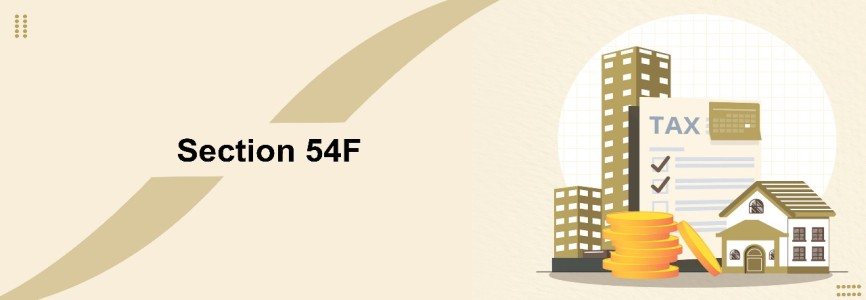






_crop10_thumb.jpg)




































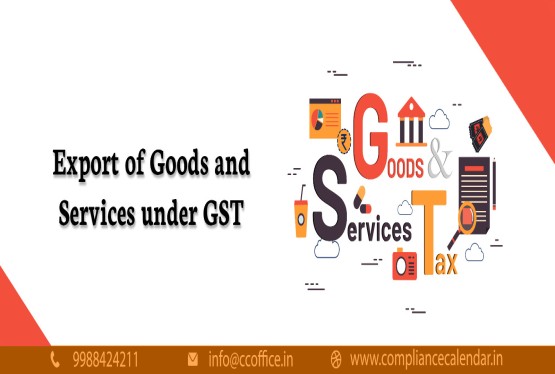













































_for_FY_2025-26_crop10_thumb.jpg)



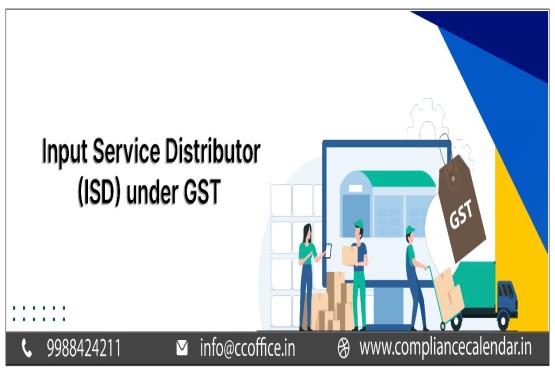








_learn_crop10_thumb.jpg)








_Filing_Due_Dates_for_FY_2024-25_learn_crop10_thumb.jpeg)
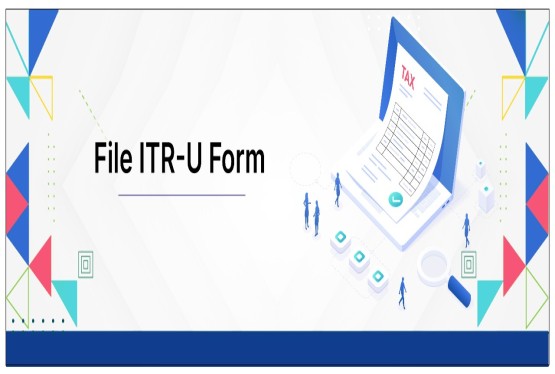
























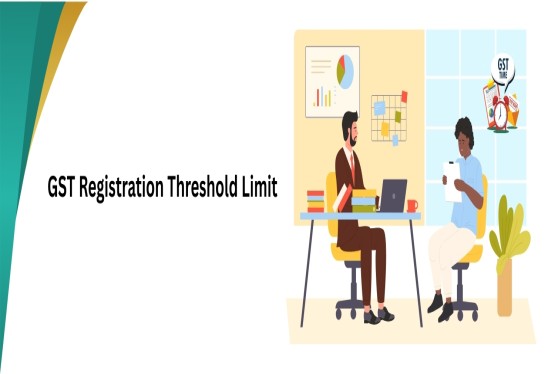
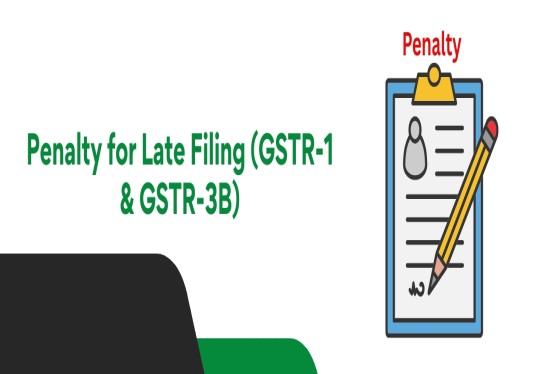












_of_GST_Act_learn_crop10_thumb.jpg)










_Under_GST_learn_crop10_thumb.jpg)









_crop10_thumb.jpg)


_crop10_thumb.jpg)






_learn_crop10_thumb.jpg)






















_of_the_Income_Tax_Act_learn_crop10_thumb.jpg)



_learn_crop10_thumb.jpg)






_learn_crop10_thumb.jpg)






_crop10_thumb.jpg)




















_in_The_Income_Tax_Act,_1961_learn_crop10_thumb.jpg)



_learn_crop10_thumb.jpg)



_of_the_Income_Tax_Act_learn_crop10_thumb.jpg)

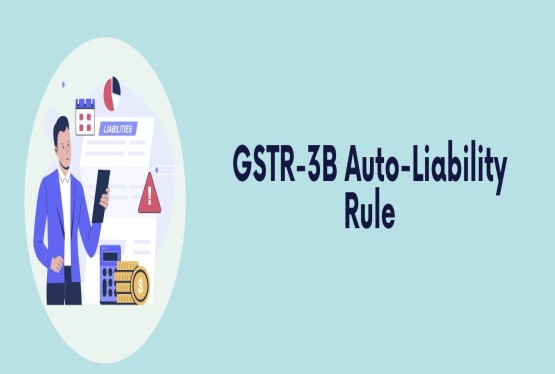
_Of_Income_Tax_Act_learn_crop10_thumb.jpg)








_learn_crop10_thumb.jpg)








_learn_crop10_thumb.jpg)
_crop10_thumb.jpg)






















_learn_crop10_thumb.jpg)
_for_Import_and_Export_learn_crop10_thumb.jpg)









